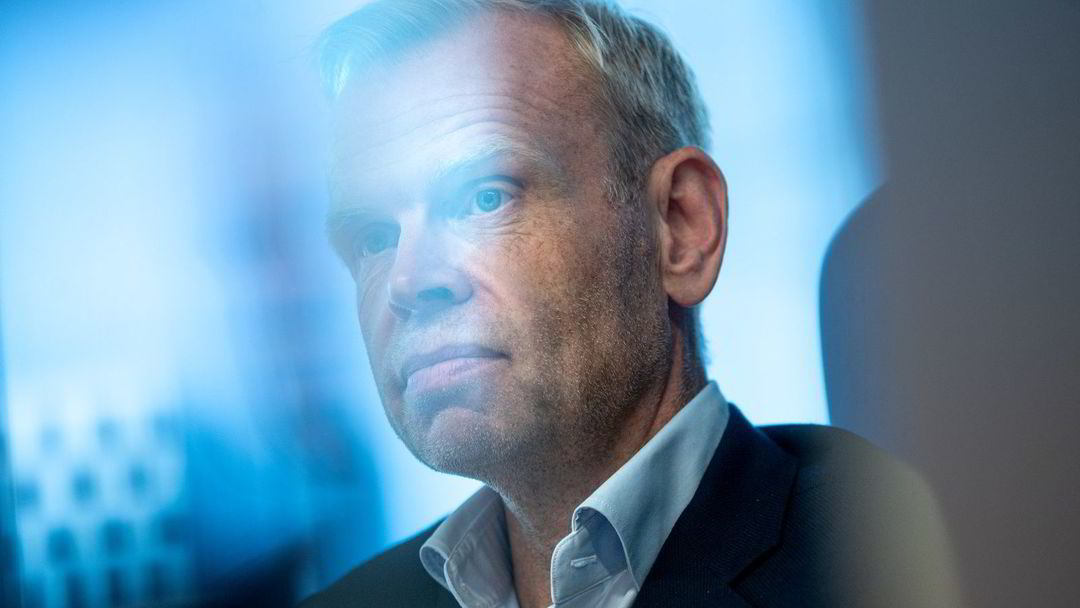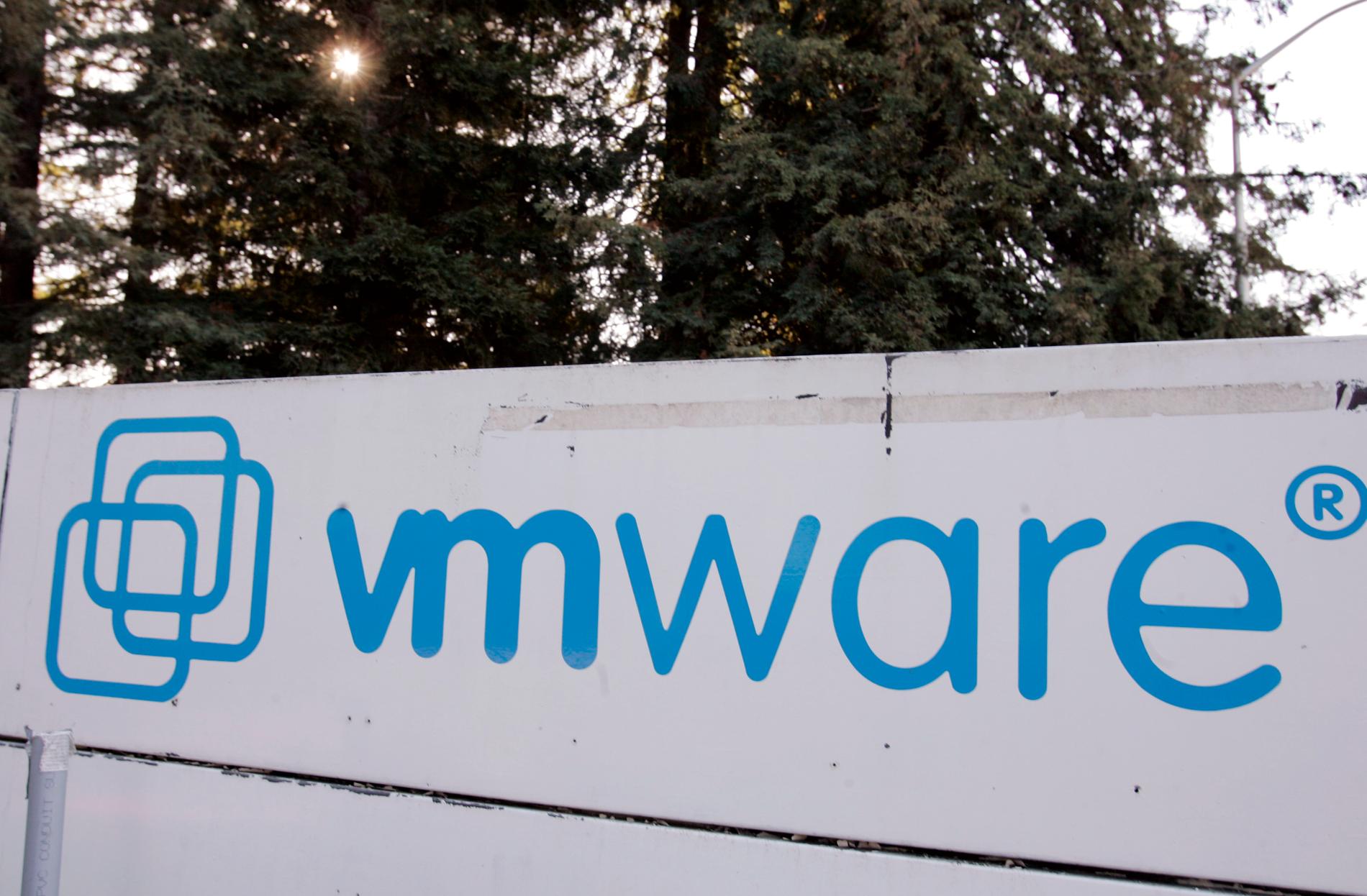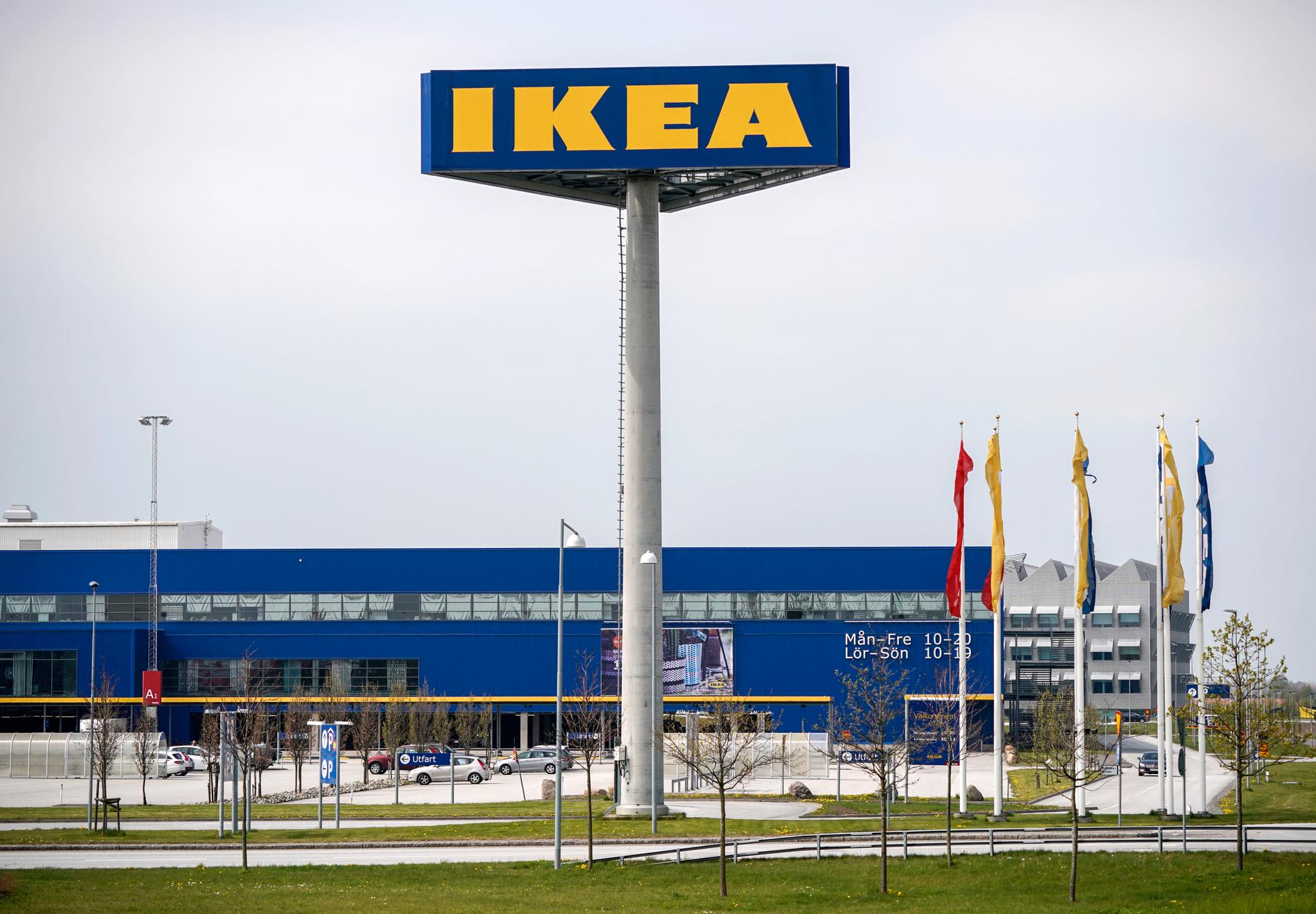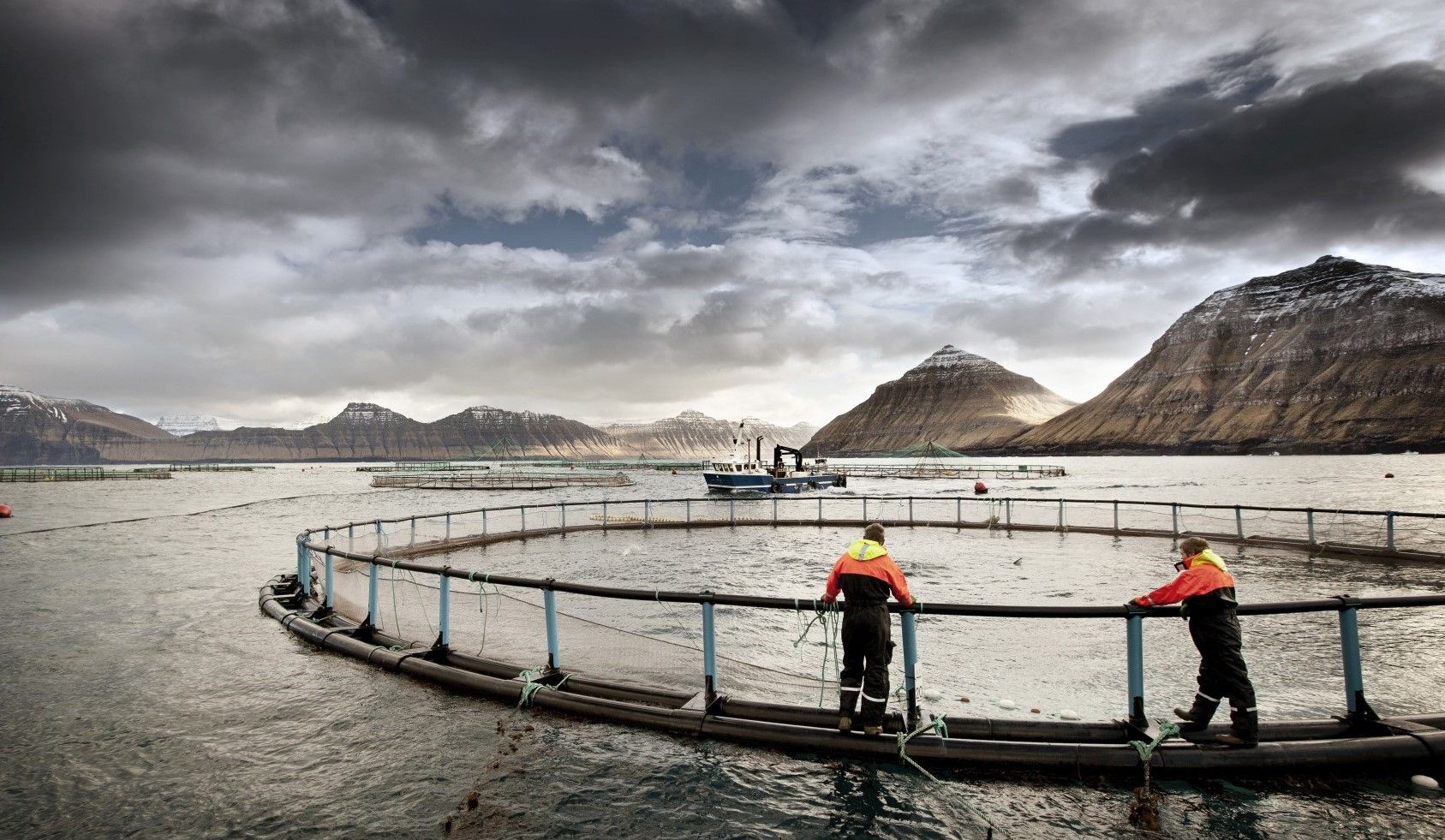On Friday, the way was set for new results for fertilizer giant Yara.
The company achieved a pre-tax profit of $12 million, from a turnover of $3.8 billion in the third quarter. The trading value shows a sharp decline compared to the same period last year, when the trading value reached $6.2 billion.
The company was expected in advance to report a pre-tax result of $313 million, according to estimates obtained by TDN Direkt.
– The third quarter result was negatively affected by the sharp decline in prices compared to the same period last year, which put pressure on the margins of the entire industry. Although the industry’s fundamental demand drivers are positive, nitrogen markets are affected by the geopolitical situation and fluctuations in the commodity market, says Yara CEO Sven Tore Holsether.
Last year there was a rise in the price level across all parts of fertilizers, but a lot has changed since then.
– The high price level was driven by energy prices, and at the same time there were many logistical challenges in the past year. Now energy prices have fallen, and fertilizer prices have fallen even further. Holsether says this contributes to a decline in income of about 60 percent during the quarter.
Difficult operating condition
Despite the decline in revenue, the number of deliveries increased by seven percent, compared to the same period last year. Holsether says the group focused on delivery security, which is expensive in such a demanding operational situation as in Europe today.
Yara warned two years ago when energy prices rose that this could lead to a food crisis around the world. The geopolitical situation in Europe has so far had dire consequences.
– There is a lot of movement. Holseth says there is an element of Russian producers pushing down fertilizer prices, and that European industry is facing problems due to rising energy prices as a result of Russia and the war it is waging against Ukraine.
Yara has global flexibility. We could shut down ammonia production in Europe and move it to the United States, for example. He adds that we are now working on two projects on blue ammonia.
Earlier this year, it became known that Yara is investing in two large-scale ammonia plants in the United States with carbon capture and storage – where the group can benefit from falling energy prices and the US legislative package of the Inflation Act, which provides tax breaks and project support. Green.
“We have flexibility in our global system, which gives us an advantage,” Holsether says.
Fears of new Russian dependency
– Holsether says the industry is more sensitive than it was a few years ago.
He worries that we will repeat the mistakes of the past. After invading Ukraine, Russia put the rest of Europe in a difficult position regarding energy.
The European energy system has become highly dependent on Russia. At that time, production in Europe was stopped, and Russian energy was used. It worked well, until it didn’t, Holsether says.
At the same time, Holsether points out that the flow of Russian products into Europe has increased to an extent that many people may not know about. Especially urea, as the most widely used nitrogen fertilizer around the world
– It is dangerous when you see industries increasing their dependence on Russia. Russia produces more food and fertilizer than ever before, and Russian urea imports to Europe have doubled by 20210. It creates dependence, and could be used as a weapon of war later.
Holsether also points out that European fertilizers produce nearly half the emissions compared to Russian fertilizers.
-We must be able to think long term. We’ve learned that cheap energy from Russia eventually turns out to be very expensive. Now we should not make the same mistake with food and fertilizer.
Punished on the stock exchange
So far this year, the stock is up 2% on the Oslo Stock Exchange, but there have been significant fluctuations. In March, the share price reached a new record high, with the stock trading for NOK 431 on the Oslo Stock Exchange.
When the stock market opens on Friday, the value of the stock has fallen by more than four percent since the beginning. The fall continues throughout the day.
At 12.20, the stock is trading for NOK 364, and the market capitalization has shrunk to NOK 92.9 billion.
Peter Warren and Peter Froehlich in Ukraine: That’s why they left
Finance Minister Peter C. Warren and Governor Peter Froehlich in Ukraine.
01:31
Published:
*(conditions)Copyright Dagens Næringsliv AS and/or our suppliers. We would like you to share our cases using links that lead directly to our pages. No copying or other use of all or part of the Content may be permitted except with written permission or as permitted by law. For more terms see here.

“Explorer. Unapologetic entrepreneur. Alcohol fanatic. Certified writer. Wannabe tv evangelist. Twitter fanatic. Student. Web scholar. Travel buff.”





